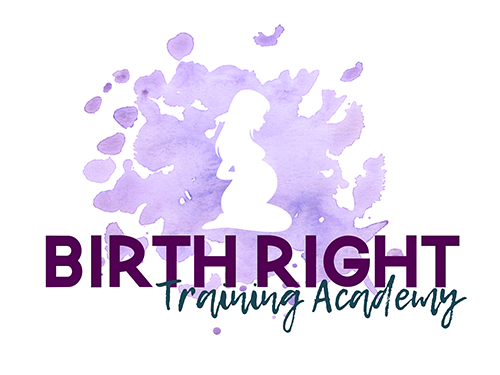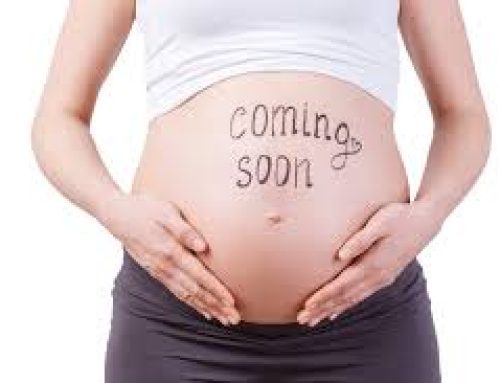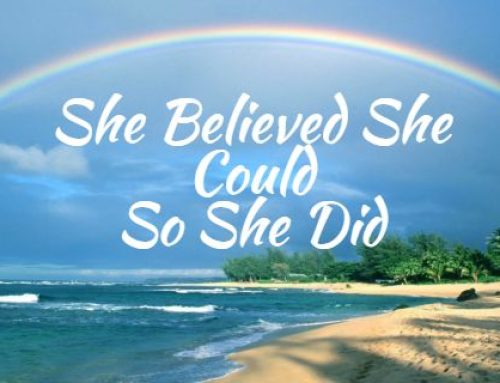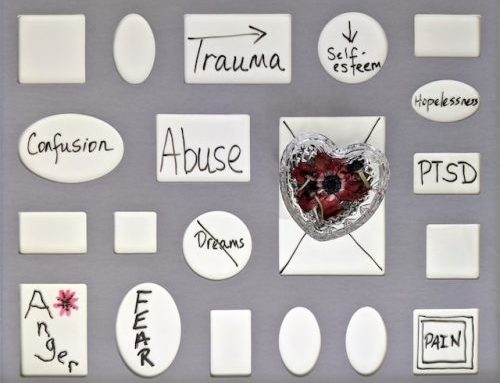A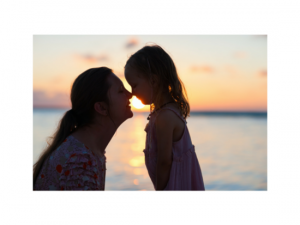 LTERNATIVE THERAPIES NOW MAINSTREAM
LTERNATIVE THERAPIES NOW MAINSTREAM
We are all very familiar with this term and many people have first hand experience of some kind of ‘alternative therapy’. The dictionary definition is:
Complementary therapies (‘alternative’, ‘traditional’ or ‘holistic ‘therapies’) often claim to treat the whole person, rather than the symptom of the disease. These include homeopathy, naturopathy, yoga and acupuncture, and are sometimes used alongside conventional medicine in a belief they can ‘complement’ treatments.
But are all these ‘alternative’ therapies really ‘alternative’? or have they become very mainstream?
Alternative medicine is any practice that can have the same healing effects of medicine, but does not originate from scientific evidence. It consists of a wide range of practices, products and therapies, ranging from being biologically plausible but not well tested, to being directly contradicted by evidence and science.
Examples include homeopathy, naturopathy, chiropractic, acupuncture, traditional Chinese medicine, ayurvedic medicine.
Complementary medicine is alternative medicine used together with conventional medical treatment in a belief not established using the scientific method, that it “complements” (improves the efficacy of) the treatment. CAM is the abbreviation for complementary and alternative medicine.
“Alternative medicine”, “complementary medicine”, “holistic medicine”, “natural medicine”, “unorthodox medicine”, “fringe medicine”, “unconventional medicine”, and “new age medicine” may be used interchangeably as having the same meaning but may have different meanings in other contexts.
Homeopathy is a system developed in a belief that a substance that causes the symptoms of a disease in healthy people will cure similar symptoms in sick people. It was developed before knowledge of atoms and molecules, and of basic chemistry, which shows that repeated dilution as practiced in homeopathy produces only water and that homeopathy is scientifically implausible. Homeopathy is considered quackery in the medical community.
Traditional Chinese medicine is a combination of many different traditional practices and beliefs developed over thousands of years in China. Among them is herbal medicine, acupuncture and the use of Chinese herbs.
Ayurvedic medicine is a traditional medicine of India. Ayurveda stresses the use of plant-based medicines and treatments, with some animal products, and added minerals, including sulphur, arsenic, lead, copper sulphate.
Chiropractic was developed in the belief that manipulating the spine affects the flow of a supernatural vital energy and thereby affects health and disease.
.
Alternative therapies are so popular and so accepted that many of them are now more mainstream, than traditional mainstream medicine.
PROBLEMS:
1. We have created a culture that believes for every little ailment, there is a solution in a pill, herb, vitamin or prescription from a general practitioner.
2. There is a belief that SOMETHING must be taken in order to heal even a minor ailment.
3. This has lead to an acceptance in our community that you need help to heal.
Whilst this is obviously true if there is a real need, e.g. a broken leg needs medical help. An inflamed appendix needs to be removed, and many other obvious examples.
BUT WHAT IS THIS TEACHING OUR CHILDREN?
1. You cannot heal yourself
2. You must take SOMETHING in order to ‘get better’
3. So-called ‘natural’ remedies are better than doctor prescribed or vice versa
So what is the difference between taking a medicine from the doctor/pharmacist or the naturopath or herbalist? NOTHING! it all leads to encouraging people to think that their own body and immune system is so dysfunctional it is not possible to heal itself.
ATTITUDINAL CHANGE
It is disturbing to think that our nation’s people are so sick they must take SOMETHING the multi-million dollar vitamin industry loves it, and the sales pitch a powerful one.
3 ESSENTIAL TIPS FOR CHANGE – Teaching our children from the very beginning of life the importance of:-
1. Being happy teach your children the power of relaxation, of just being in the moment. Children respond beautifully to relaxation and visualisation imagery.
2. Fun exercise teach your children fun ways of moving their body daily.
3. Exciting foods to make you strong get them involved in the kitchen. Introduce ‘treats’ as healthy indulgences, e.g. blueberries (especially when they are out of season and expensive), rather than ‘sugar treats’. ‘Sugar’ and ‘treat’ should not be in the same sentence.
As parents we must be good role models of this lifestyle and lead by example. And if we teach our children that it is a last resort to reach for any kind of vitamin, tablet, pill or whatever we may well find that later in life they will have a different attitude to taking any substance.
